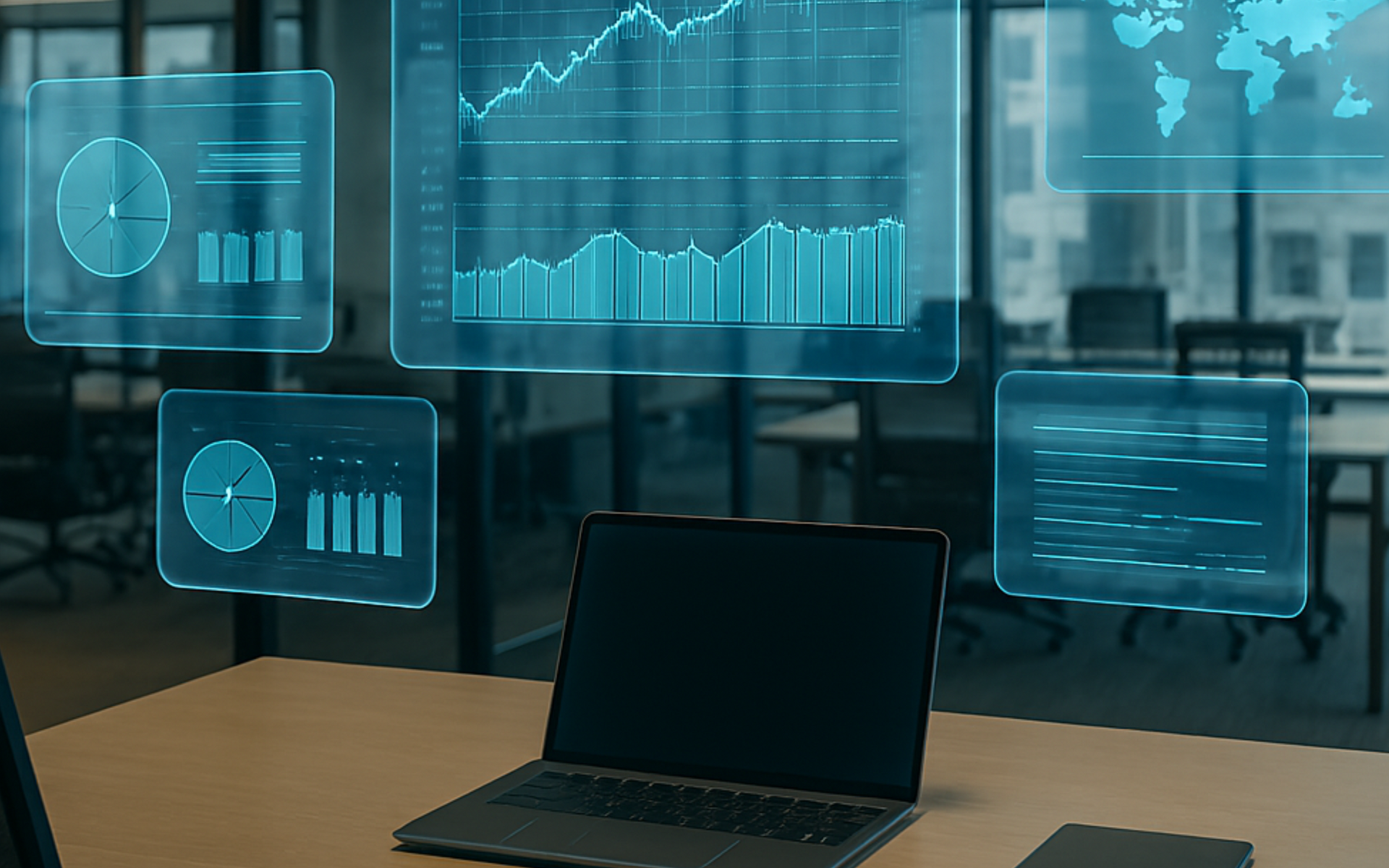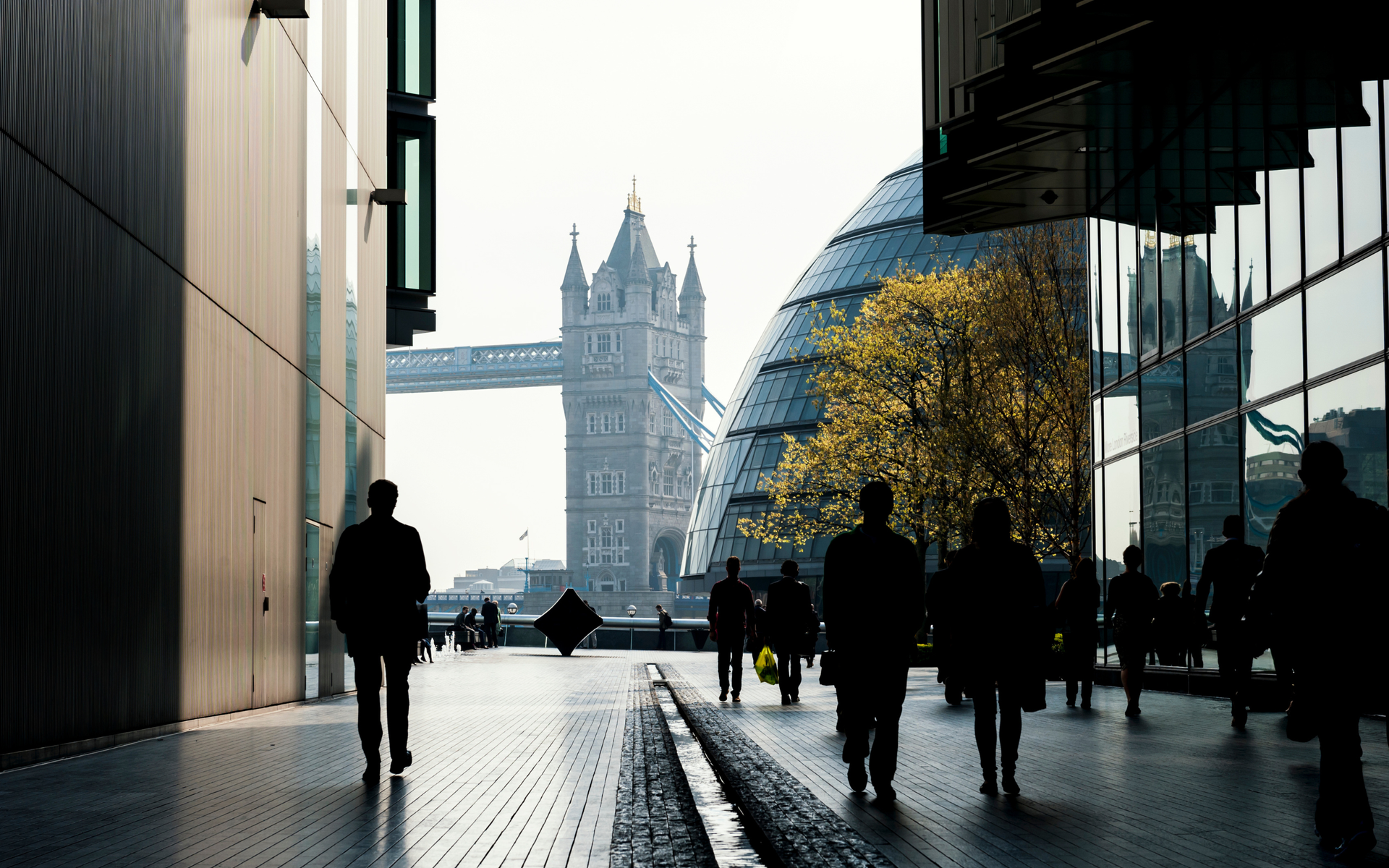Vulnerability Scanning: The Cornerstone of Proactive Cybersecurity
In today’s increasingly digital and interconnected world, cybersecurity threats are growing in volume, sophistication, and impact. Regardless of size or sector, businesses are constantly at risk of data breaches, system compromise, and operational disruption. One foundational defence strategy stands out in the realm of proactive cybersecurity: vulnerability scanning.
At Cybergen Security, we believe prevention is always better than cure. Vulnerability scanning forms the bedrock of a well-rounded cybersecurity posture, offering visibility into weaknesses before they can be exploited. This blog dives deep into vulnerability scanning, why it matters, how it works, and how you can leverage it to protect your organisation.
What Is Vulnerability Scanning?
Vulnerability scanning is the automated process of identifying security vulnerabilities within systems, networks, applications, or endpoints. These scans systematically probe your infrastructure to uncover known weaknesses, such as outdated software, default passwords, exposed ports, and misconfigured security settings.
The ultimate goal is simple: detect vulnerabilities before attackers do.
Why Is Vulnerability Scanning Important?
- Attackers exploit known vulnerabilities
Many cyberattacks leverage existing vulnerabilities flaws that already have public documentation or Common Vulnerabilities and Exposures (CVE) listings. If you’re not scanning for these, you’re leaving the door open. - Security is dynamic
Patching a system today doesn’t make it safe forever. New vulnerabilities emerge daily. Regular scans help maintain a resilient and adaptive defence. - Regulatory compliance
Industries like finance, healthcare, and e-commerce must meet standards such as PCI DSS, ISO 27001, HIPAA, and GDPR. Vulnerability scanning is often a mandatory control. - Cost-effective risk reduction
Fixing vulnerabilities before they’re exploited is significantly cheaper than responding to a breach. A single successful attack can result in millions in damages and lost trust. - Improved visibility
Vulnerability scans help you understand your risk exposure across systems, cloud infrastructure, web applications, and user endpoints.
How Vulnerability Scanning Works
Here’s a step-by-step breakdown:
1. Asset Discovery
The process begins with identifying all devices, applications, servers, and endpoints in your environment. Knowing what’s on your network is essential after all, you can’t protect what you can’t see.
2. Target Selection
You decide which assets to scan and define the scanning frequency. This could include internal systems, public-facing applications, or hybrid cloud environments.
3. Automated Scanning
The scanning engine probes each asset using a vast database of known vulnerabilities and misconfigurations. This includes:
- CVE-based vulnerabilities
- Weak or default passwords
- Missing patches
- Insecure protocols
- Unnecessary open ports
4. Analysis and Risk Scoring
Once scanning is complete, results are analysed. Vulnerabilities are scored based on:
- CVSS (Common Vulnerability Scoring System)
- Exploitability
- Impact severity
- Asset criticality
5. Reporting
Scans generate reports that clearly outline each vulnerability, its risk level, and remediation guidance. At Cybergen, we deliver both executive summaries and technical deep-dives tailored for IT teams.
6. Remediation and Rescanning
Once issues are addressed, follow-up scans validate that vulnerabilities have been properly remediated.
Types of Vulnerability Scans
Not all scans are the same. Here's an overview:
- Network-Based Scanning
- Identifies systems on a network that are open to attack. It’s vital for detecting unauthorised devices and weak perimeter defences.
- Host-Based Scanning
- Scans servers and workstations for OS-level vulnerabilities, including file systems and local configurations.
- Application Scanning
- Targets web applications, APIs, and software interfaces for flaws like SQL injection, XSS (cross-site scripting), and insecure authentication.
- Cloud and Container Scanning
- Modern infrastructures need specialised scans for Kubernetes, Docker, AWS, Azure, and GCP configurations.
- Endpoint Scanning
- Ensures that endpoints such as laptops, tablets, and mobile devices are not acting as entry points for attackers.
Internal vs External Scanning
- External scanning targets public-facing assets—websites, portals, IP addresses accessible via the internet.
- Internal scanning focuses on the organisation’s internal systems, looking for weaknesses an attacker might exploit once inside the network (e.g., via phishing or insider threats).
Both are crucial for a complete
vulnerability assessment.
Common Vulnerabilities Detected
Some of the most frequent security gaps include:
- Unpatched software (Windows, Linux, database systems)
- Outdated web frameworks (e.g., Apache Struts, PHP, WordPress plugins)
- Default admin credentials
- Exposed ports (e.g., FTP, Telnet)
- Insecure SSL/TLS configurations
- Weak access controls
- Cross-site scripting (XSS) and SQL injection flaws
How Often Should You Scan?
The answer depends on your business and risk profile. At Cybergen, we recommend:
- Weekly or Monthly scans for high-risk, public-facing assets
- Quarterly comprehensive scans across all systems
- Post-deployment scans after any major IT changes
- Ad-hoc scans when a major vulnerability (e.g., Log4Shell, Heartbleed) is disclosed
The Role of Vulnerability Management
Scanning is only one piece of the puzzle. True security requires a vulnerability management program, which includes:
- Asset inventory and classification
- Prioritisation and risk management
- Integration with patch management systems
- Governance and compliance tracking
- Metrics and continuous improvement
Cybergen offers managed vulnerability scanning and reporting services to help organisations build a continuous, scalable program.
Choosing the Right Vulnerability Scanner
| Feature | Vulnerability Scanning | Penetration Testing |
|---|---|---|
| Automated? | Yes | No (manual) |
| Depth of testing | Broad, surface-level | Deep, targeted |
| Cost | Lower | Higher |
| Frequency | Regular (weekly/monthly) | Periodic (annually) |
| Goal | Find known flaws | Exploit vulnerabilities |
Scanning is your first line of defence; pen testing validates the effectiveness of that defence.
There are many tools on the market—Nessus, Qualys, Rapid7, OpenVAS, and more. But technology is just one part. Cybergen’s offering adds:
- Expert configuration
- Business-aligned prioritisation
- Remediation assistance
- Custom reporting
- Continuous monitoring integration
What Makes Cybergen Different?
Our Vulnerability Scanning Service offers:
- Automated, scheduled scans tailored to your risk profile
- Detailed, actionable reports no tech jargon
- Human expertise to interpret and advise
- Integration with your existing security tools
- Compliance-ready documentation for auditors
We treat vulnerability management as a strategic advantage, not just a checkbox.
Real-World Example
Let’s say your organisation runs a customer portal built on Apache Tomcat. A new CVE is released for that specific version. Cybergen’s scanning tool detects the exposure in your environment within 24 hours, alerts your IT team, and offers patch instructions. This proactive defence can mean the difference between smooth operations and a data breach that hits the headlines.
Final Thoughts
Vulnerability scanning is not just a technical task—it’s a strategic business function. It empowers organisations to:
- Stay ahead of attackers
- Build trust with customers
- Satisfy compliance auditors
- Reduce downtime and financial loss
Whether you’re a startup or an enterprise, investing in vulnerability scanning today is an investment in your long-term security and success.
Ready to Get Started?
Let Cybergen help you safeguard your systems before threats strike. Our experts will guide you through setup, scanning, analysis, and remediation. We make it simple, scalable, and effective.
Ready to strengthen your security posture? Contact us today for more information on our vulnerability management service.
Let's get protecting your business
Thank you for contacting us.
We will get back to you as soon as possible.
By submitting this form, you acknowledge that the information you provide will be processed in accordance with our Privacy Policy.
Please try again later.








